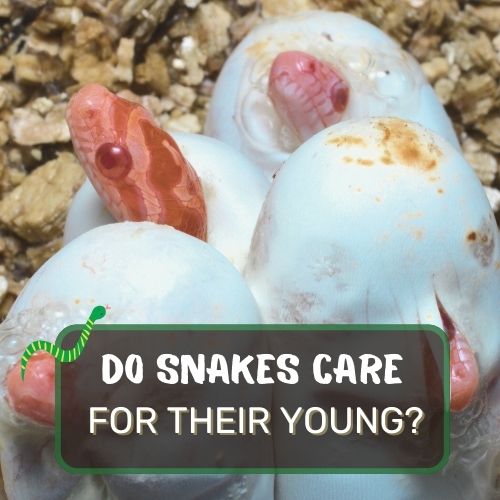
In this article, we embark on a captivating journey to unravel the mystery of snake parental care, delving into the question of whether these enigmatic reptiles have nurturing behaviors towards their offspring.
Through a comprehensive analysis of scientific research and observations, we investigate the factors that influence maternal instincts in snakes and shed light on the diverse ways they may tend to their young.
Readers will gain insights into various snake species, their reproductive habits, and the complexities of snake parenting, challenging common misconceptions and offering a deeper understanding of the intriguing world of serpents.
Join us as we explore the captivating realm of snake parental care, revealing the hidden marvels of nature and cultivating a newfound appreciation for these remarkable creatures.
Table of Contents
- 1 Live-bearing Snakes and Their Lack of Parental Care
- 2 Maternal Care in Rattlesnakes
- 3 Maternal Care in Pythons
- 4 Lack of Maternal Care in Most Other Snake Species
- 5 Snake Eggs and the Absence of Parental Care
- 6 More Rare Cases of Parental Care in Snake Species
- 7 Evolutionary Reasons for Snake Parental Care
- 8 FAQ
- 9 Conclusion
Live-bearing Snakes and Their Lack of Parental Care

What Are Live-bearing Snakes?
Live-bearing snakes, also known as viviparous snakes, possess a unique reproductive strategy. Unlike their egg-laying counterparts, these snakes give birth to live offspring.
Inside the mother’s body, the eggs develop and hatch, and the baby snakes emerge fully formed. This adaptation allows live-bearing snakes to thrive in various environments and ensures the survival of the species.
Lack of Maternal Care in Live-bearing Snakes
When it comes to parenting, live-bearing snakes have a rather hands-off approach. Unlike mammals or birds, they do not display affectionate behaviors or provide direct care to their offspring.
Once the young snakes are born, they are left to fend for themselves from the outset.
The lack of maternal care might seem unusual to us, but it’s an evolutionary strategy that has worked well for these reptiles over millennia.
Survival in the wild demands efficiency, and by minimizing parental involvement, live-bearing snakes can allocate more energy to their own survival and reproduction.
Precocial Nature of Baby Snakes
The baby snakes of live-bearing species are born precocial, meaning they are relatively independent and well-equipped to face the challenges of their environment.
This precocial nature is a stark contrast to altricial species, where the young are born helpless and completely dependent on parental care.
From the moment they are born, baby snakes instinctively know how to hunt and defend themselves. This remarkable instinct ensures their chances of survival are maximized, despite the absence of parental guidance.
Live-bearing snakes take a minimalist approach to parenting, relying on the innate abilities of their offspring to thrive in the wild.
Understanding this aspect of snake behavior provides us with a deeper appreciation for the diversity of parental care strategies in the animal kingdom.
So, the next time you encounter a live-bearing snake, remember that its distant parenting style has been honed through ages of evolution, allowing these incredible creatures to flourish in their natural habitats.
Maternal Care in Rattlesnakes

Observed Behaviors of maternal care in Rattlesnakes
A study revealed that certain rattlesnake mothers displayed a surprising level of maternal care toward their offspring. After giving birth, these dedicated mothers remained in close proximity to their young, showing a remarkable level of vigilance and protection.
Instead of abandoning them like other live-bearing snakes, they exhibited behaviors akin to maternal instinct.
Rattlesnake mothers were observed coiling around their offspring, providing them with shelter and protection from potential predators. They also seemed to assist their young in regulating body temperature, a crucial aspect of their early development.
The study highlighted how these seemingly solitary and formidable serpents can transform into caring and devoted mothers.
Potential Reasons for Maternal Care in Rattlesnakes
The discovery of maternal care in rattlesnakes has raised intriguing questions among researchers. While the exact reasons remain subject to further investigation, there are plausible explanations for this behavior.
One possibility is that in regions with harsh environmental conditions, providing some level of parental care increases the survival odds of the offspring.
Moreover, protecting the young could be an efficient way to ensure the continuity of their genes in an unpredictable world.
By investing energy into their offspring, rattlesnakes may be passing on their genetic traits to the next generation, promoting the survival of well-adapted individuals.
Maternal Care in Pythons

Short Example of Study Revealing Maternal Care in Pythons
Rattlesnakes are not the only snake species that exhibit surprising maternal care. Pythons, a group of non-venomous constrictor snakes, have also been observed displaying remarkable parenting behaviors.
A comprehensive study conducted in various python habitats unveiled the intriguing world of python maternal care.
Description of the Observed Behaviors
Unlike live-bearing snakes, pythons are egg-layers and show a significant investment in their eggs and hatchlings.
Once the female pythons lay their eggs, they coil around the clutch, diligently regulating the temperature and humidity levels to ensure optimal conditions for incubation.
This maternal embrace is not merely for protection but also serves as a means to provide the best environment for the eggs to develop successfully.
As the eggs approach hatching, the mother’s dedication reaches its peak. The python stays with the hatchlings, guarding them against potential threats, and even remains close by during their initial adventures outside the nest.
This level of care continues until the young pythons become self-reliant and are ready to embark on their solitary journeys.
Comparison to Other Snake Species
The maternal care observed in pythons stands in stark contrast to the behavior of many other snake species, including live-bearing snakes.
The extent of dedication and protection shown by python mothers is rare among reptiles, making them an extraordinary example of parental investment in the snake world.
In comparison, the evolution of maternal care in pythons has likely been influenced by various factors, including their egg-laying reproductive strategy and the specific ecological challenges they face in their respective habitats.
Lack of Maternal Care in Most Other Snake Species

More on Typical Snake Reproductive Behavior
While the discovery of maternal care in certain snake species is intriguing, it remains an exception rather than the norm. The majority of snake species adhere to a different reproductive strategy characterized by minimal parental involvement.
This behavior aligns with the broader pattern observed in reptiles, where parental care is relatively uncommon.
Examples of Snake Species that Do Not Provide Parental Care
Among the vast array of snake species, numerous examples exist that do not display any form of parental care.
For instance, many colubrid snakes, which make up the largest family of snakes, lay eggs and then move on, leaving the offspring to their own devices.
Similarly, rear-fanged snakes, such as the boomslang and mangrove snake, exhibit little to no parental involvement once their eggs are laid.
In these cases, the survival and success of the offspring are largely dependent on innate instincts and genetic predisposition to survive independently from birth.
Snake Eggs and the Absence of Parental Care
The Start of the Egg-laying Process
For species that lay eggs, the process typically begins with a female finding a suitable location to deposit her eggs.
The choice of the egg-laying site may vary depending on the species, with some snakes selecting areas with specific temperature and humidity conditions to enhance the chances of successful incubation.
Lack of Parental Involvement in Egg Incubation
Once the eggs are laid, the parental involvement ends, and the responsibility of incubation falls solely on the eggs themselves.
Unlike birds, which diligently incubate their eggs by sitting on the nest, snakes do not provide any external warmth or care to their eggs.
Instead, the eggs are left exposed to the elements, relying on environmental conditions for incubation.
How Do Snake Eggs Survive?
Snake eggs possess a remarkable ability to adapt and survive under various environmental conditions. The leathery shells of snake eggs help prevent desiccation and protect the developing embryos from harm.
The location chosen for egg-laying is crucial, as it impacts the temperature and humidity levels that influence the development of the embryos.
In some cases, snakes may lay their eggs in decaying organic matter, such as leaf litter, which generates heat during decomposition, providing a natural form of incubation. Other species may select locations with ample sunlight exposure to elevate the temperature of the eggs.
The development of the embryos within the eggs is timed to align with the expected environmental conditions, ensuring that the hatchlings emerge during a favorable season when food and resources are abundant.
In the absence of parental care, snake eggs rely on their inherent resilience and adaptation to survive the challenges of the wild.
The process of hatching marks the beginning of a perilous journey for the young snakes, where instincts and survival strategies are put to the test from the moment they break free from their shells.
More Rare Cases of Parental Care in Snake Species
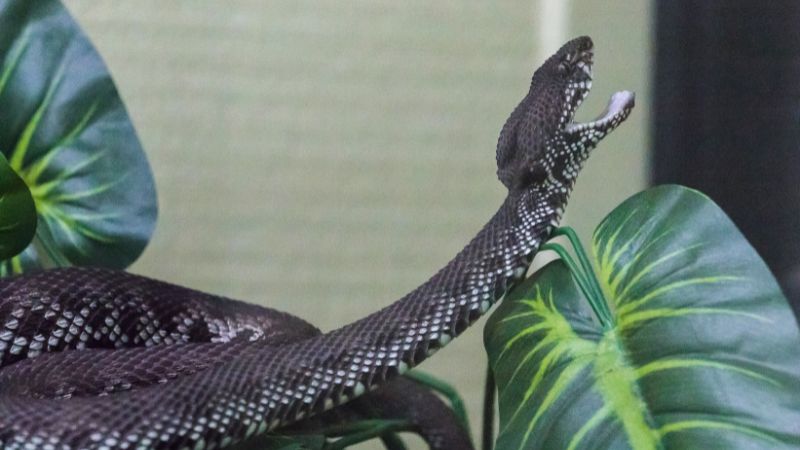
Pitvipers are known for their Parental Care
Among the intriguing exceptions to the general lack of parental care in snakes, pitvipers, a subfamily of venomous snakes, stand out as a group to exhibit such behavior.
The revelation of parental care in these serpents has captured the attention of researchers and herpetologists, offering valuable insights into the complexities of snake behavior.
Parental Care Behaviors in Pitvipers
Female pitvipers display a level of dedication and nurturing rarely seen in the snake world. After laying their eggs, they remain in close proximity to the clutch, coiling protectively around them.
This behavior serves not only to guard against potential threats but also to regulate the temperature and humidity, ensuring the optimal conditions for successful incubation.
The mother’s vigilant presence continues even after the eggs hatch, as she actively assists the newborns by providing them with protection, guidance, and occasional assistance in locating food.
This remarkable level of care and investment in their offspring distinguishes pitvipers from most other snake species.
Comparison to Other Snakes with Limited Parental Care
The contrast between pitvipers and other snake species with limited parental care is striking.
While most snakes show little to no involvement in the rearing of their young, pitvipers demonstrate a high degree of maternal investment, ensuring that their offspring have a better chance of survival during their early stages of life.
The reasons behind this exceptional behavior in pitvipers remain an area of ongoing research, but it underscores the diversity of reproductive strategies within the snake family and the fascinating adaptability that has evolved over time.
Evolutionary Reasons for Snake Parental Care
The Role of Environmental Factors
The evolutionary drivers of parental care in snakes are likely influenced by a combination of environmental factors.
The geographical location, climate, and availability of resources all play pivotal roles in shaping the reproductive strategies of different snake species.
In regions where the environment is harsh and resources are scarce, parental care may offer a significant advantage in ensuring the survival of the offspring.
Additionally, factors such as predation pressure and competition for resources can influence the need for parental investment.
Benefits and Costs of Parental Care in Snakes
Parental care comes with both benefits and costs for snakes.
The advantages include increased survival rates for offspring, enhanced protection against predators during vulnerable stages, and improved learning opportunities for the young to develop essential skills.
On the other hand, parental care also demands considerable energy and time from the adults, which could otherwise be allocated to personal survival and reproduction.
In resource-limited environments, the costs associated with parental care may outweigh the benefits, leading to a lack of nurturing behaviors in many snake species.
Potential Impact on Offspring Survival and Species Success
The presence or absence of parental care in snakes can have a profound impact on offspring survival and, in turn, the overall success of a species.
Parental care can provide a valuable head start for the young, increasing their chances of surviving to reproductive age and contributing to the population’s growth.
In species where parental care is rare, the survival and success of the offspring are heavily dependent on their innate abilities and the environmental conditions they encounter from birth.
This reliance on natural instincts may lead to a higher rate of mortality during the early stages of life, impacting the overall population dynamics.
FAQ
Do Baby Snakes Stay Close to Their Mother?
In most snake species, baby snakes are born precocial and are fully capable of fending for themselves from the moment of birth. As a result, they do not stay close to their mother for extended periods.
The maternal care displayed by some snake species, such as pitvipers and certain rattlesnakes, is an exception rather than the norm. These species exhibit nurturing behaviors, but even then, the young snakes eventually become more independent as they grow and develop the skills needed to survive on their own.
Are Snakes Good Mothers?
The concept of being a “good” mother varies among different species. In the context of snakes, the level of maternal care exhibited depends on the specific species and their ecological and environmental factors.
While some snakes, like pitvipers and pythons, are known for their remarkable maternal care, the majority of snake species show minimal parental involvement. Instead of providing direct care, snakes rely on their innate survival instincts and reproductive strategies, which have proven successful in the wild for millions of years.
Do Snakes Recognize Their Siblings?
Snakes, being reptiles, do not possess the same level of complex social behaviors and recognition abilities as mammals or birds. While some social interactions have been observed in certain snake species, such as mating aggregations or communal nesting sites, there is no evidence to suggest that snakes have the ability to recognize their siblings in the same way that higher-order animals do.
The survival and success of snake offspring primarily depend on their ability to navigate their environment, find food, and avoid predators, rather than on social bonds or recognition of kin.
Conclusion
Recap of Key Findings
In this exploration of snake parental care, we have journeyed into the captivating world of serpents, uncovering fascinating insights into their varied approaches to reproduction and nurturing behaviors.
While most snake species exhibit minimal parental care, exceptions like pitvipers and some rattlesnakes have defied the norm by displaying remarkable dedication to their offspring.
Live-bearing snakes, such as pythons and certain rattlesnakes, have shown us how maternal care can be a powerful survival strategy, enhancing the chances of their young’s success in the wild.
On the other hand, the majority of snake species rely on the resilience and adaptability of their eggs and hatchlings to ensure their survival without direct parental involvement.
Future Research on Snake Parental Care
The revelations of maternal care in certain snake species, alongside the rarity of such behaviors, emphasize the need for further research in this field.
Understanding the factors driving parental care in snakes can provide valuable insights into the intricacies of reproductive strategies and the delicate balance of nature.
Future research can shed light on the impact of environmental factors, predator-prey dynamics, and resource availability on the evolution of parental care in snakes.
Additionally, studying the genetic and physiological basis of maternal behaviors can offer a deeper understanding of the mechanisms underlying these remarkable adaptations.

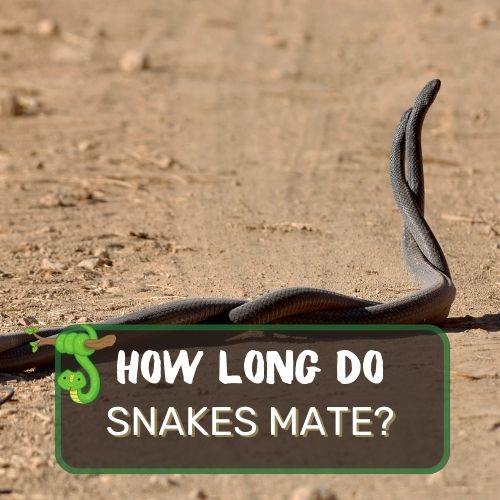
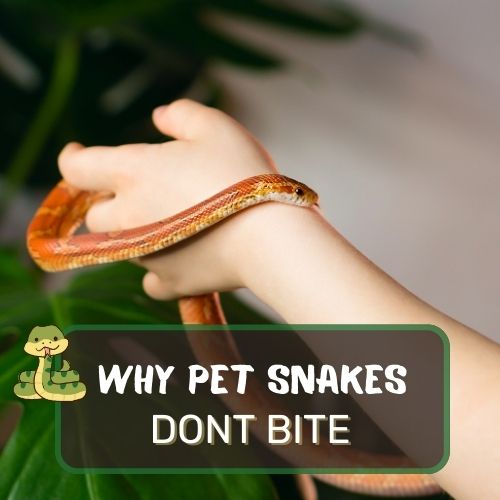
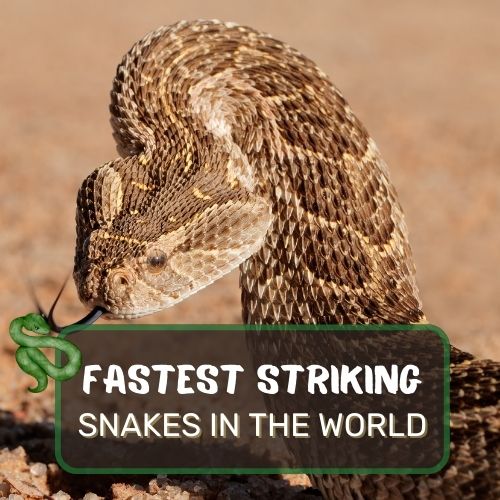
0 Comments